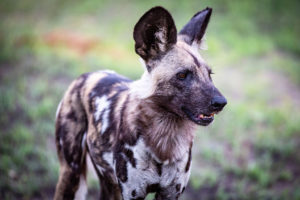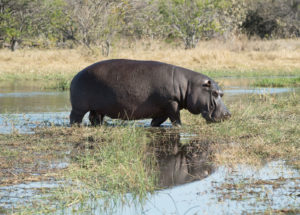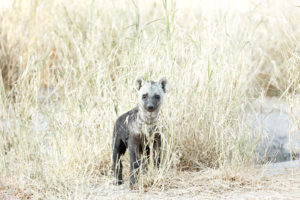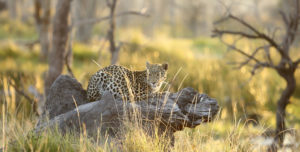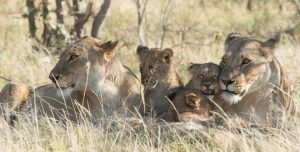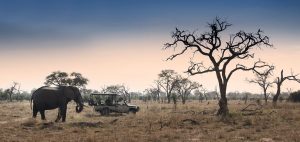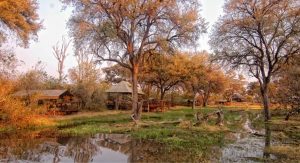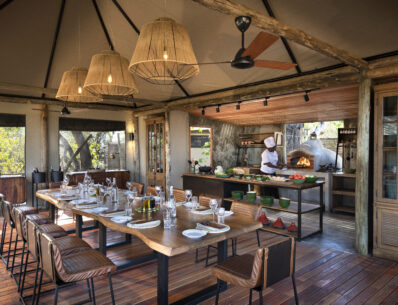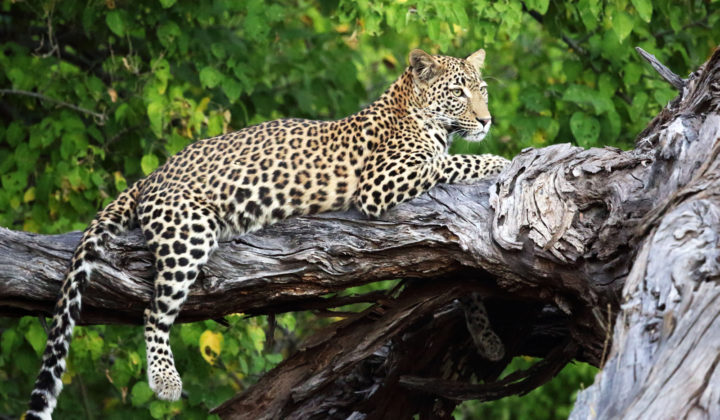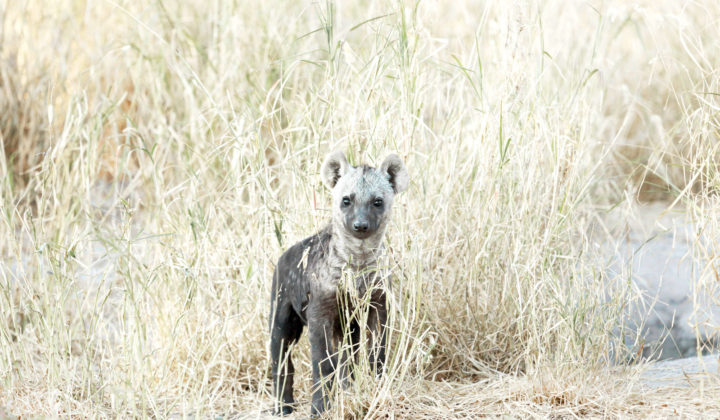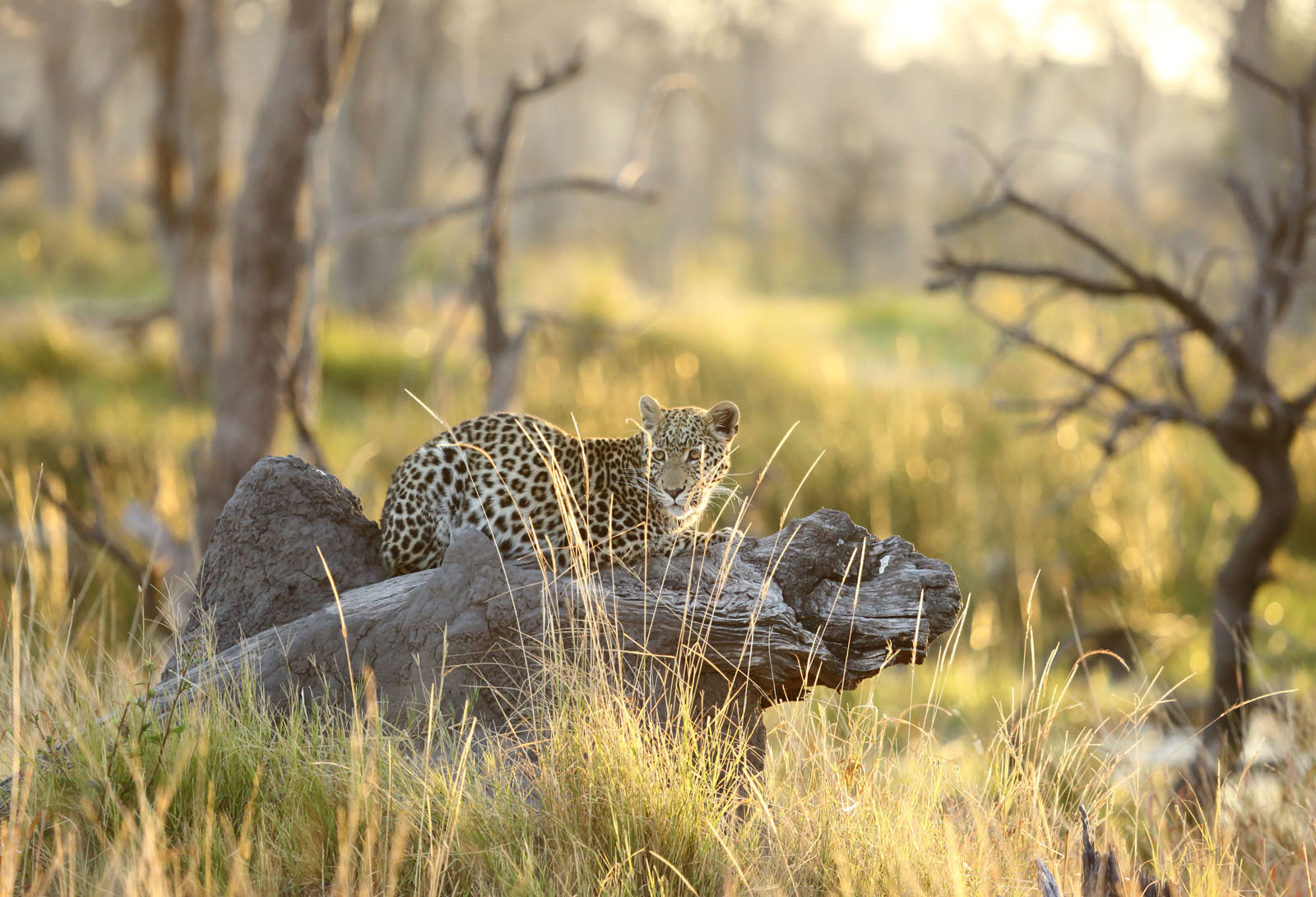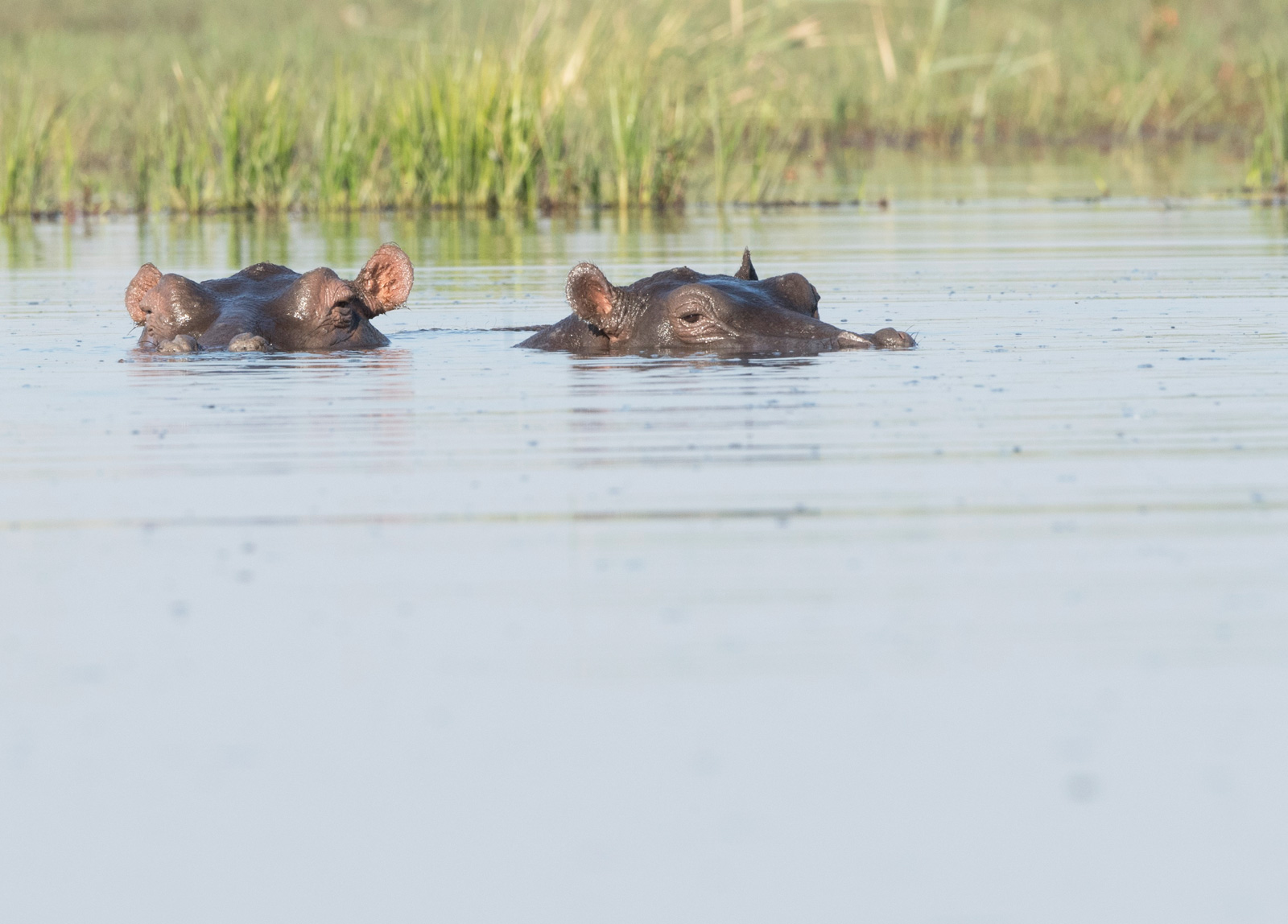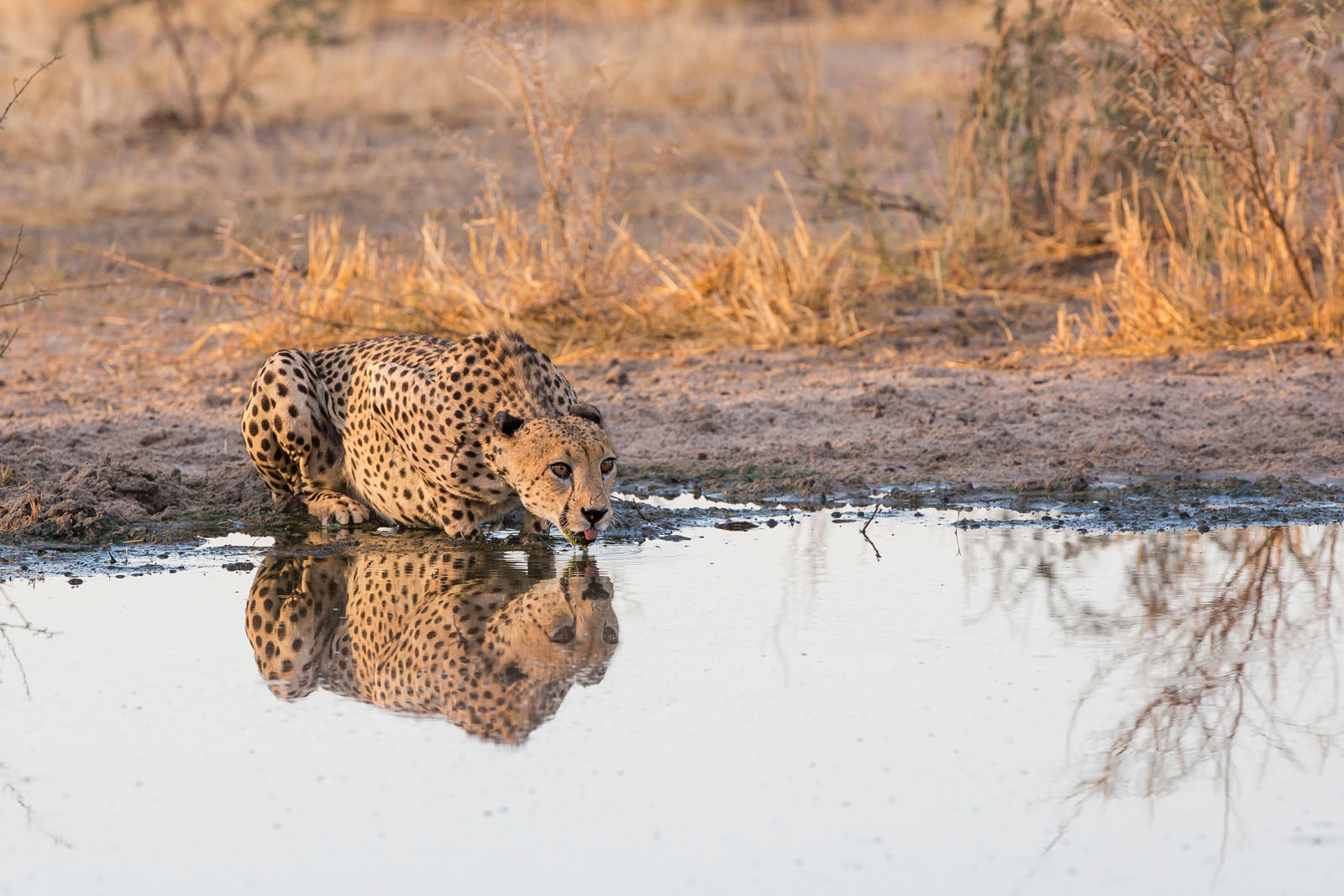Where legendary rivers blend with the edge of the desert and wildlife abounds
On the outskirts of the beautifully preserved Moremi Game Reserve, is a wildlife-prolific and varied ecosystem which provides a patchwork of lagoons, shallow flooded pans, open grass plains and woodland forests. The Khwai area is without a doubt one of the most scenic areas in Botswana. Combine your stay at Khwai Leadwood with a taste of culture in the traditional village of Khwai.
The Khwai community, adjacent to the northern region of Moremi Game Reserve, has a population of just 400 people who are predominately of either BaBukakhwe or River Bushmen decent. They are an inspirational example of a local community who live in peaceful harmony with wildlife.
The Khwai Concession is a 1800km area which is situated in the northeastern Okavango next to the Moremi Game Reserve. It was formed by the local Khwai villagers and is managed by the Khwai Development Trust. The area used to be a hunting concession but is now actively managed as a conservation area. The villagers took over the area when they moved out of the Moremi region when the Moremi Game Reserve was formed. The local community now runs ecotourism initiatives, actively conserve the environment and manage the wildlife in the concession.


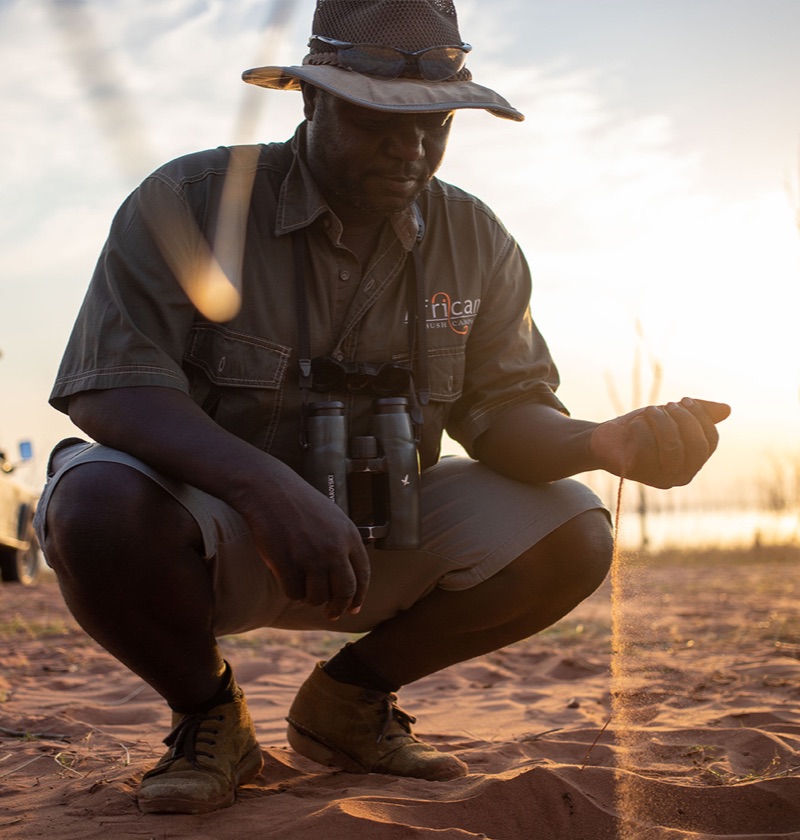

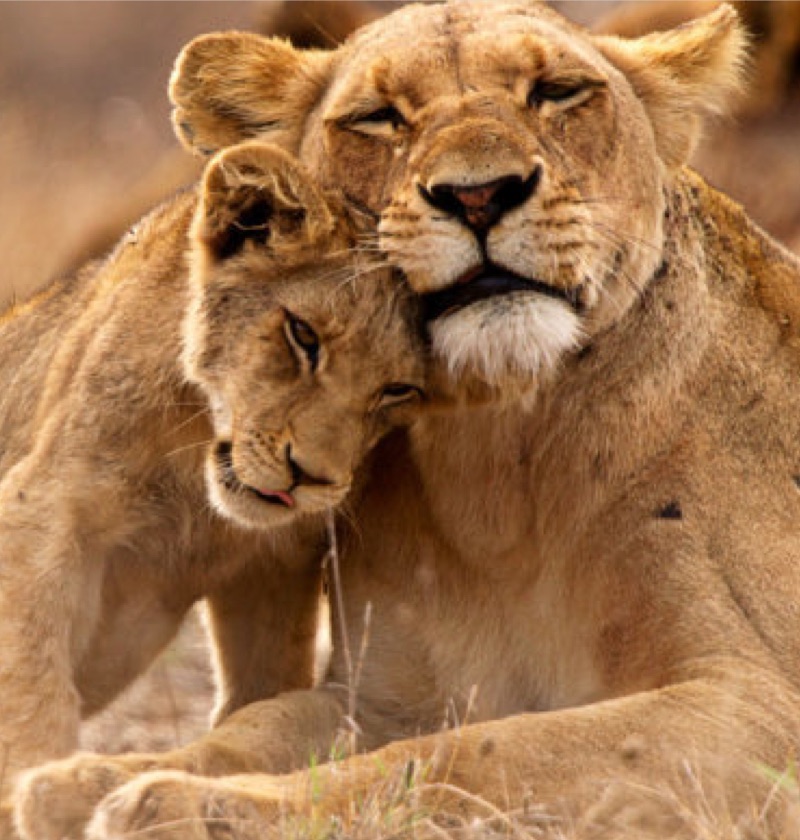

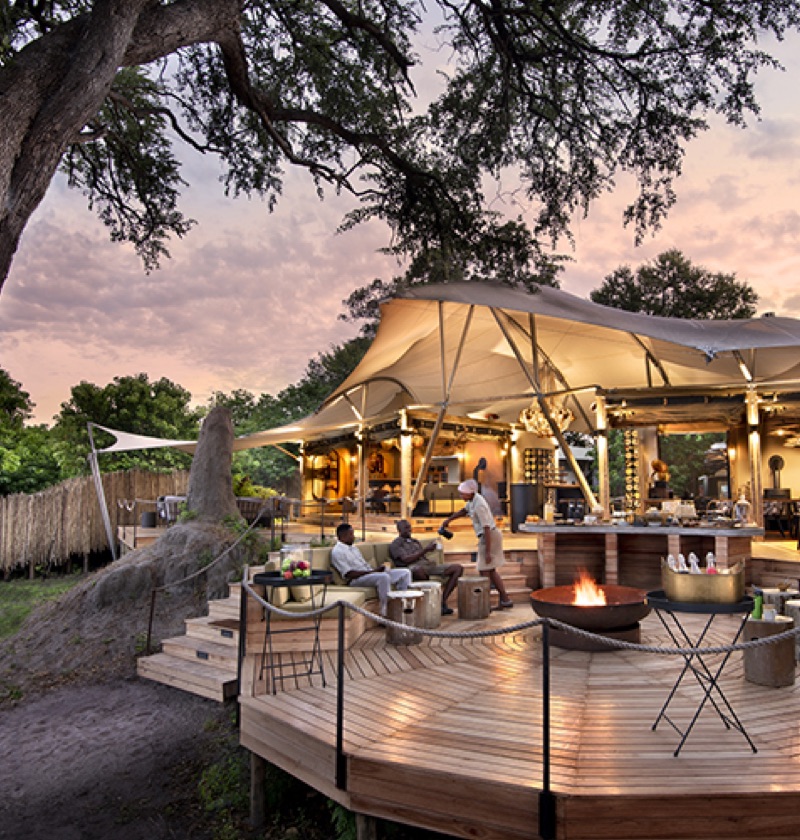




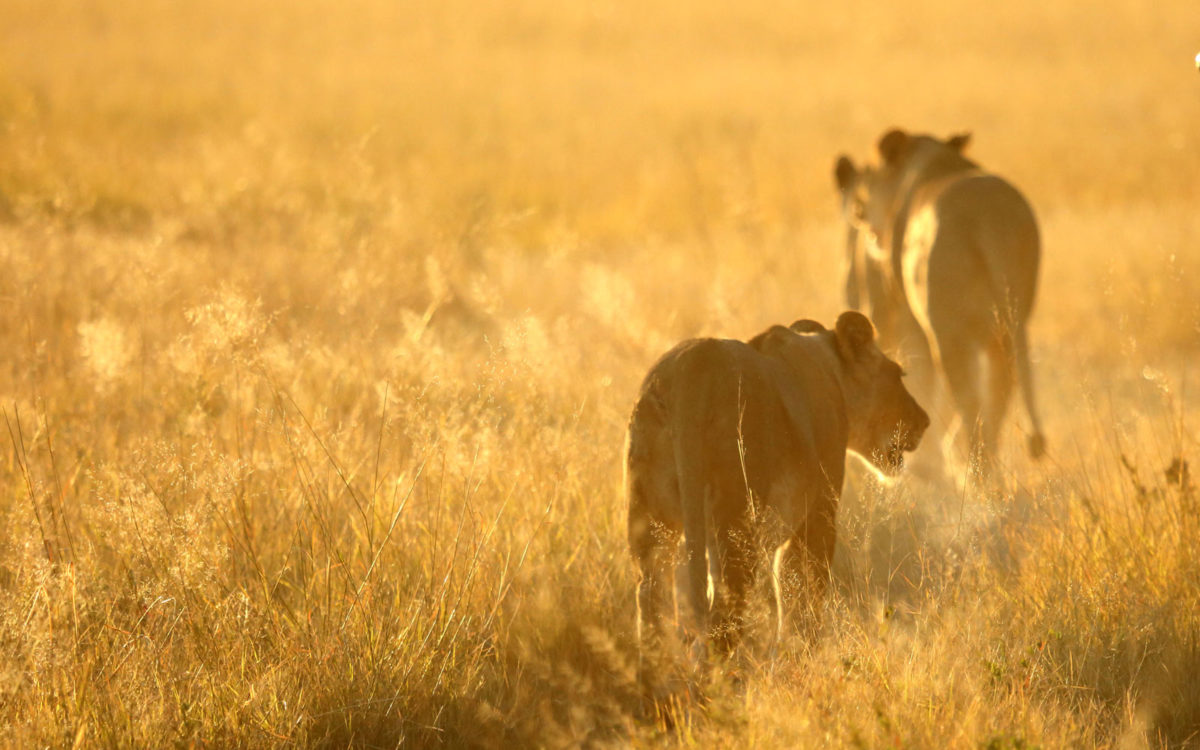
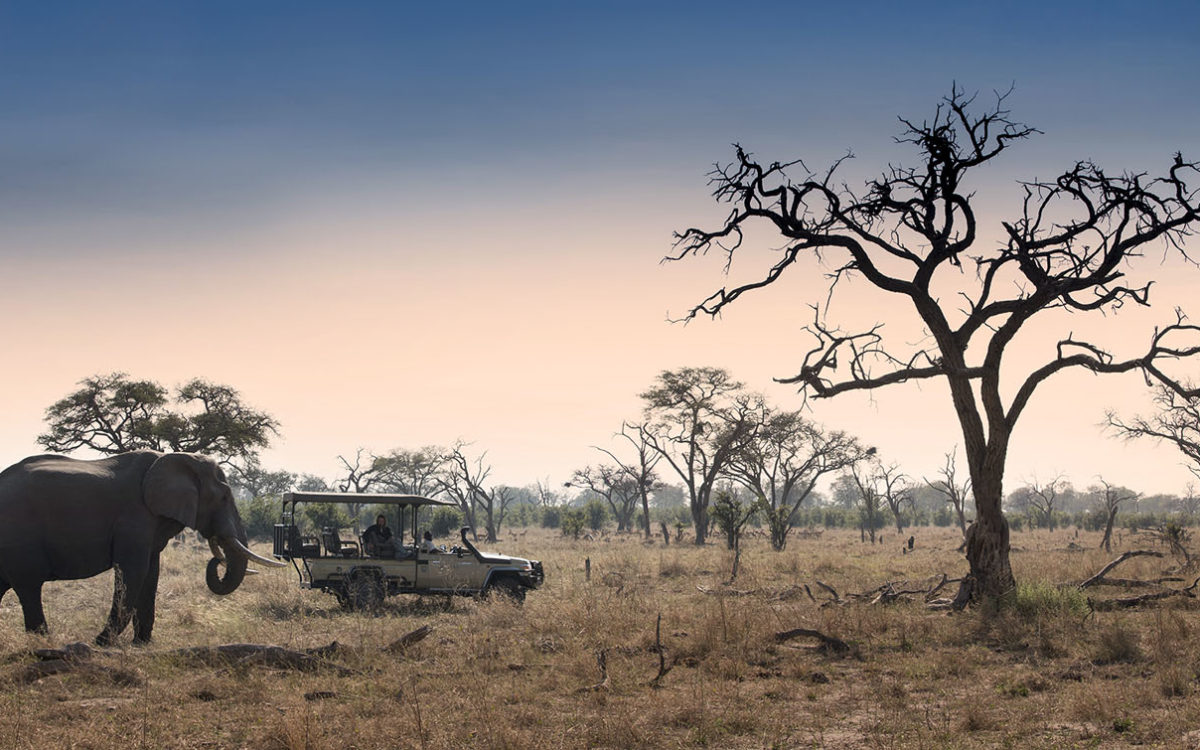
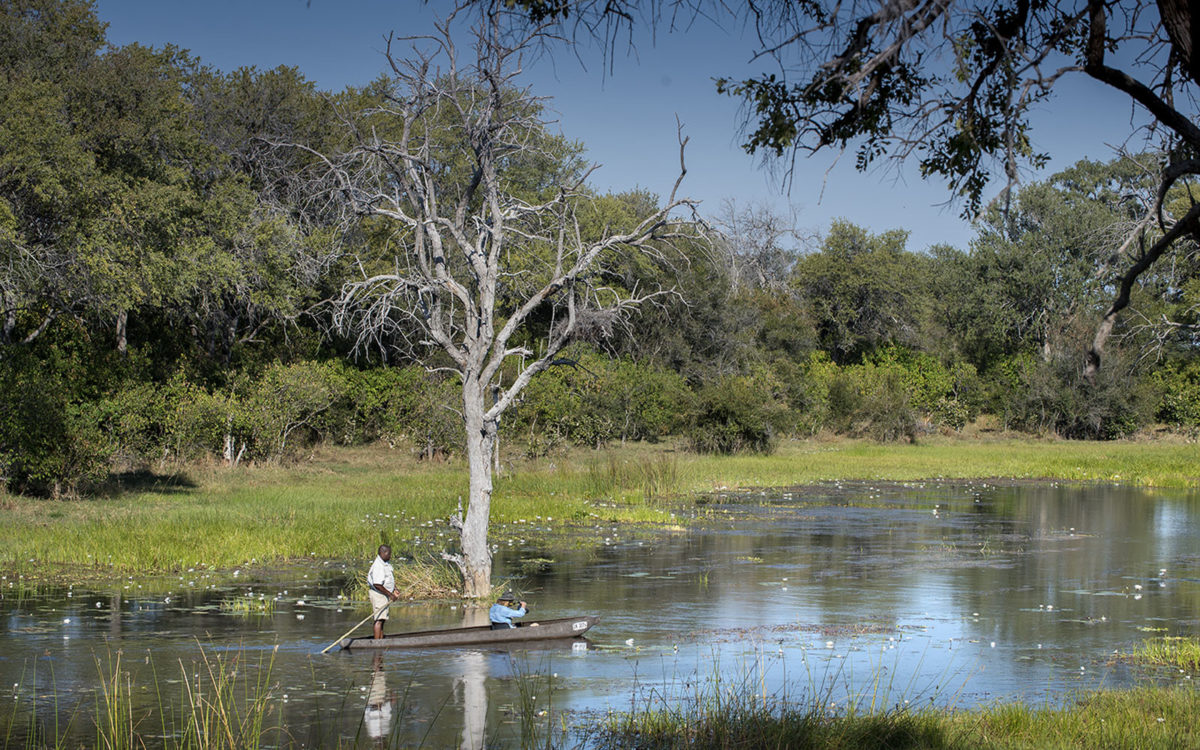

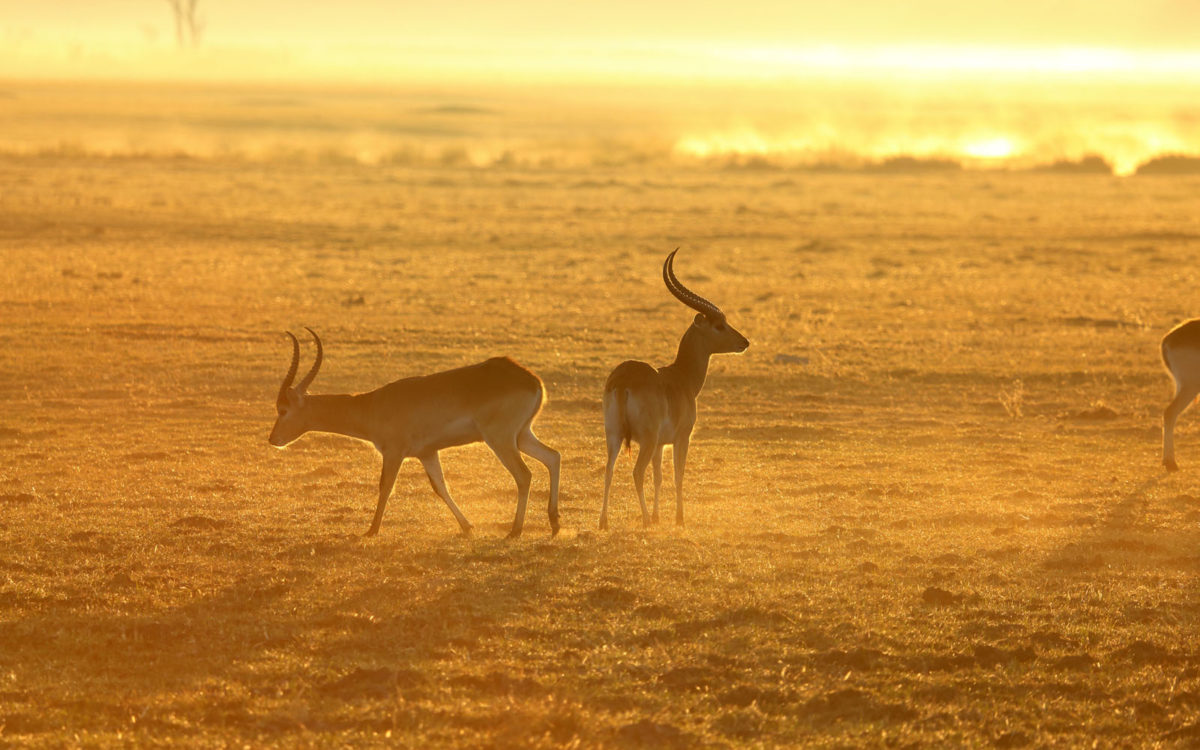
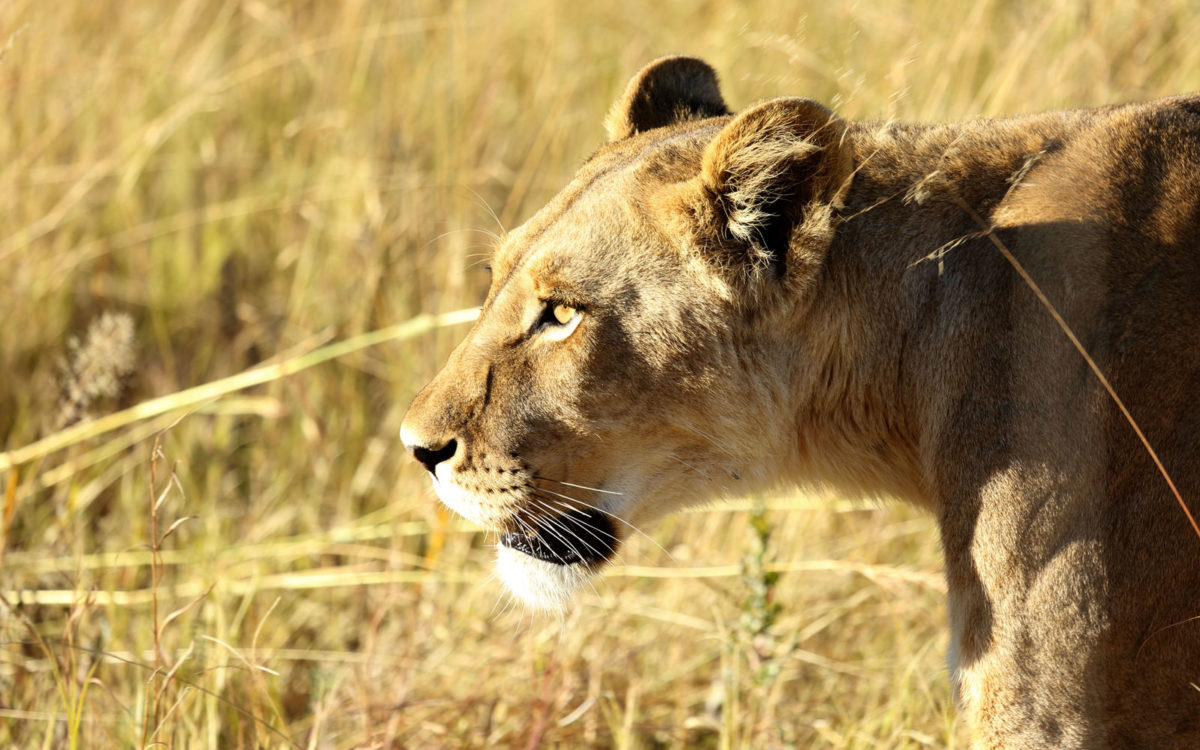

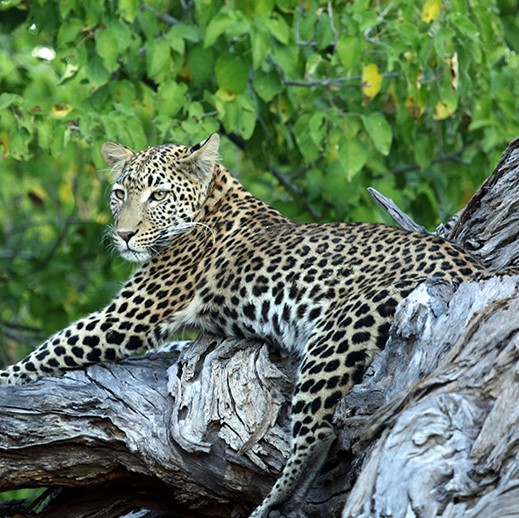
-1-768x402.jpeg)

-1-768x402.jpeg)

-1-1024x536.jpeg)

-1-1024x536.jpeg)



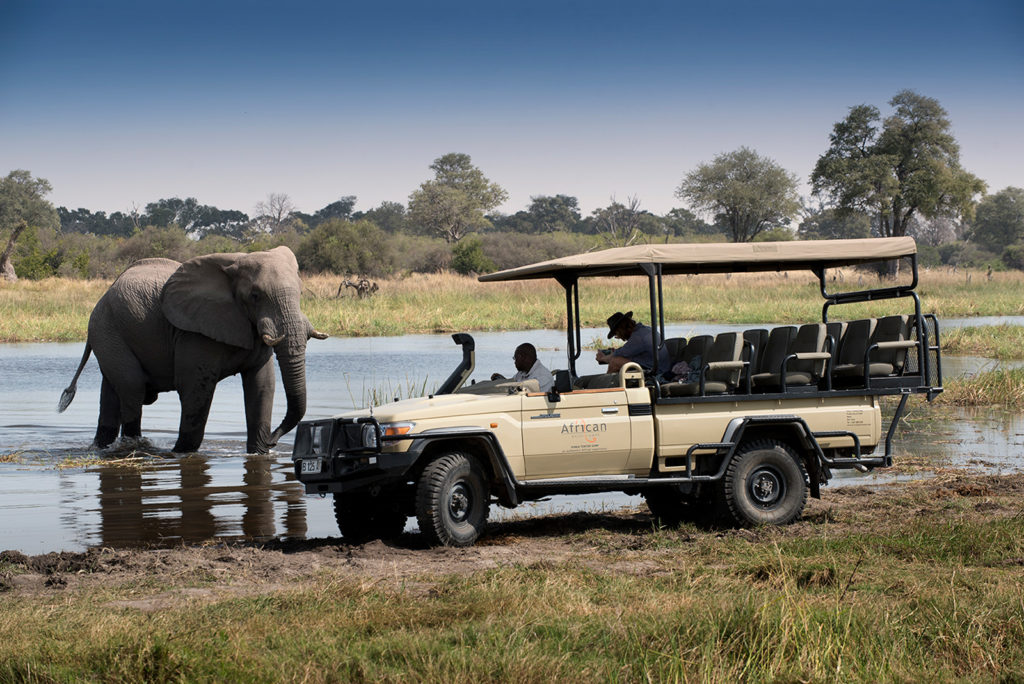




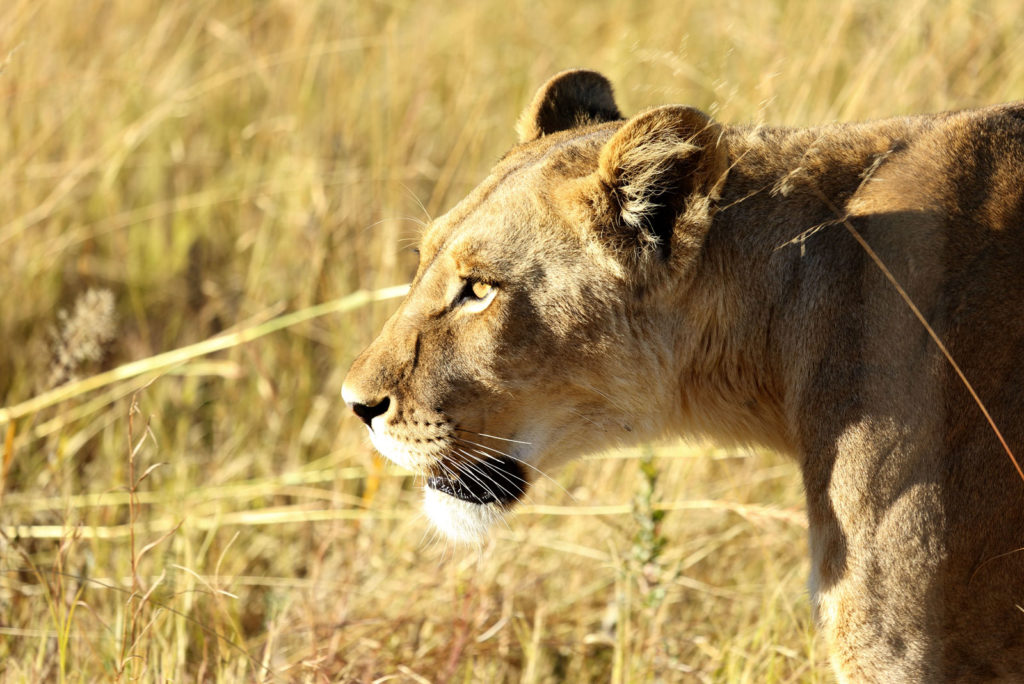
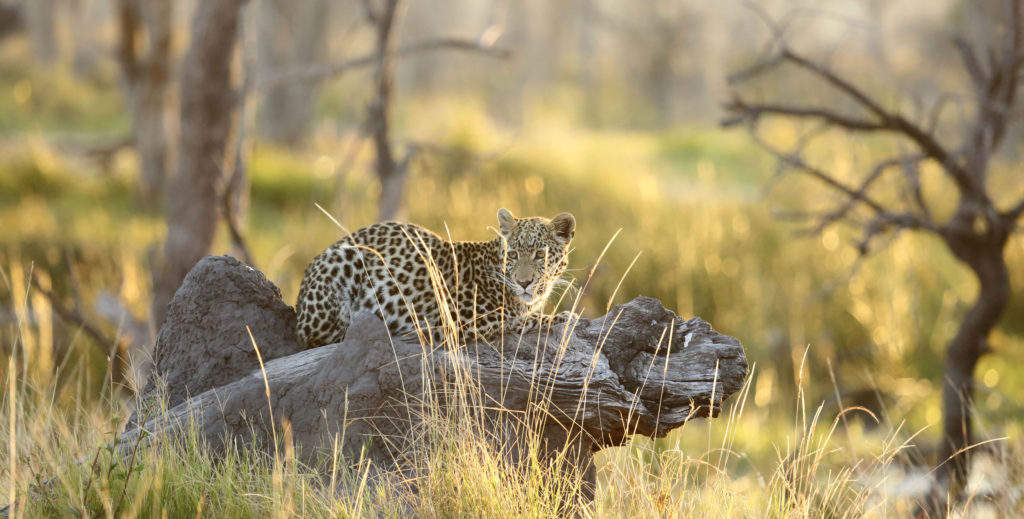
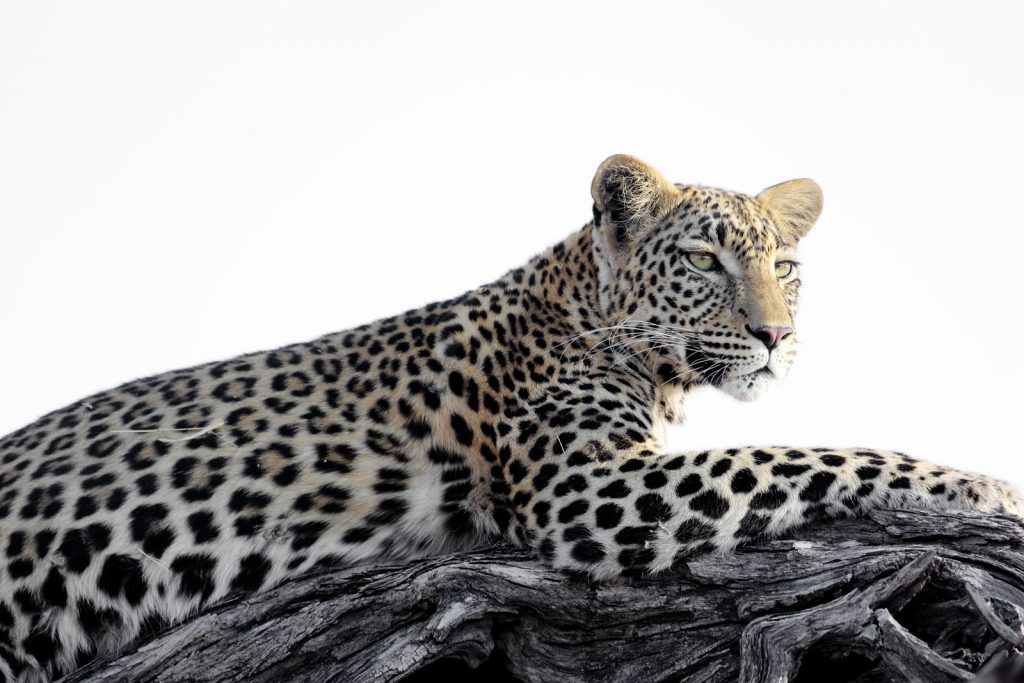
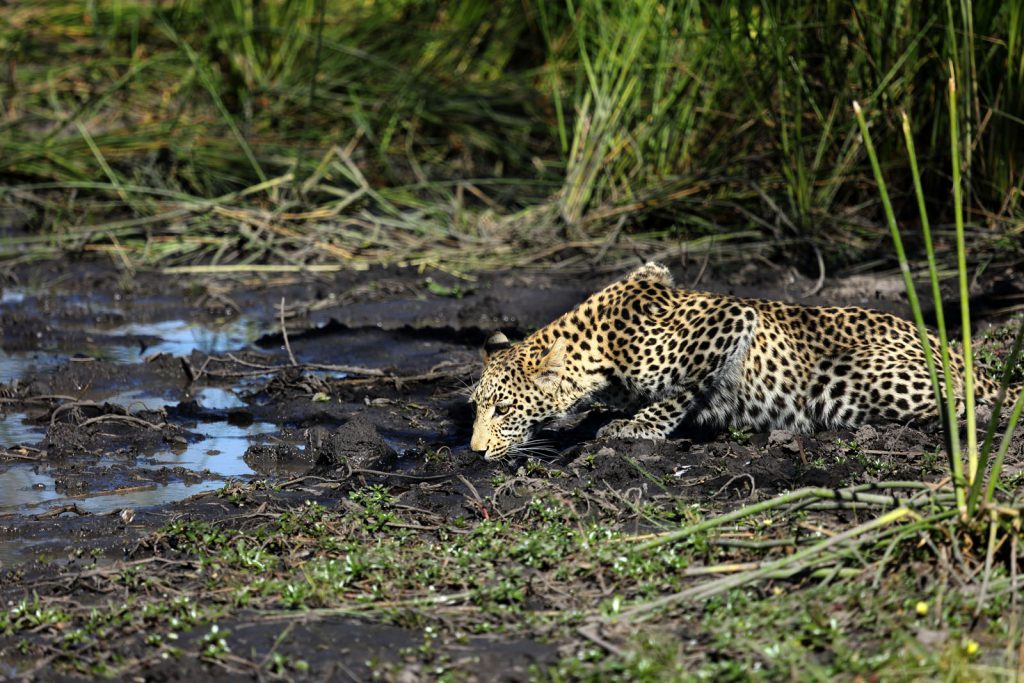











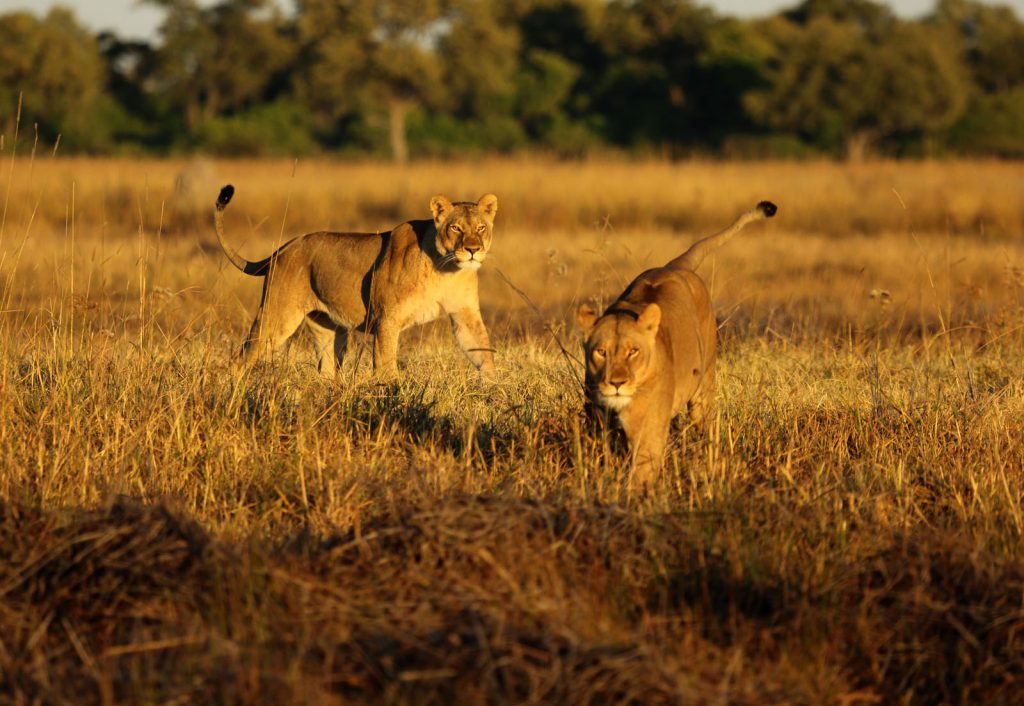



-1-300x157.jpeg)
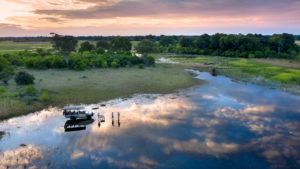
-1-300x157.jpeg)
